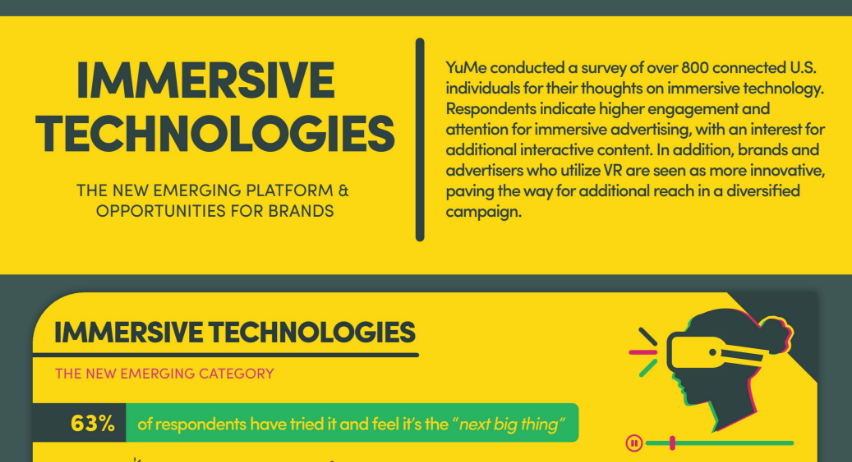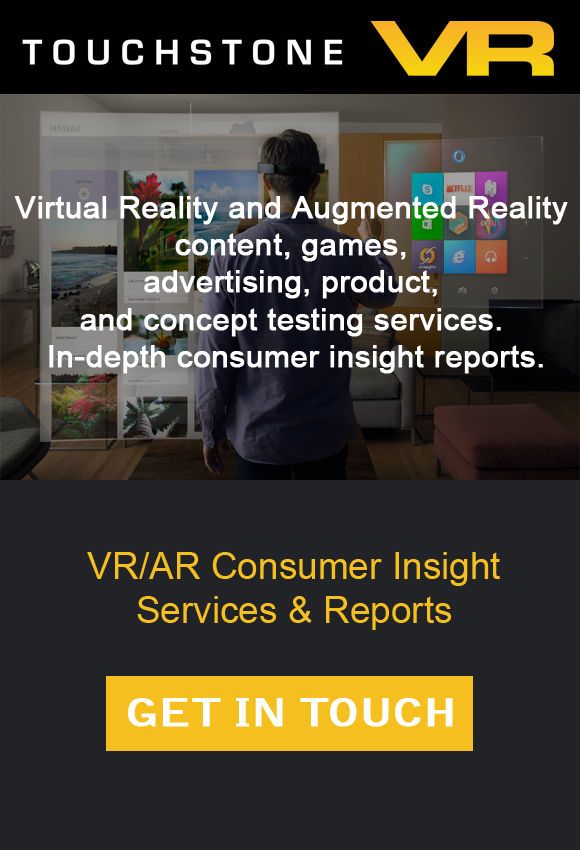
Virtual Reality has breathed new life into marketing opportunities. At a time when it’s harder than ever to capture users’ attention, VR gives brands the ability to create truly immersive experiences. It’s no wonder that VR has been named one of the top trends that will affect digital marketing in 2017 with over 90 million active users with the potential…












